Select an Orthopaedic Specialty and Learn More
Use our specialty filter and search function to find information about specific orthopaedic conditions, treatments, anatomy, and more, quickly and easily.
GET THE HURT! APP FOR FREE INJURY ADVICE IN MINUTES
Shoreline Orthopaedics and the HURT! app have partnered to give you virtual access to a network of orthopaedic specialists, ready to offer guidance for injuries and ongoing bone or joint problems, 24/7/365.
Browse Specialties
-
- Arthritis
- Foot & Ankle
- Joint Disorders
- Podiatry
Ankle Arthritis
Arthritis is inflammation that can cause pain and stiffness in any joint in the body. Osteoarthritis, also known as degenerative or “wear-and-tear” arthritis, is a common problem for many people after reaching middle age. It is often experienced in the small joints of the foot and ankle.
More Info -
- Minimally Invasive Surgery (Arthroscopy)
Arthroscopy (Minimally Invasive Surgery)
Arthroscopy is a minimally invasive surgical procedure used by orthopaedic surgeons to visualize, diagnose, and treat problems inside the joint. Because it requires only tiny incisions, arthroscopy can be performed without a major, invasive operation and many procedures can be done on an outpatient basis.
More Info -
- Neck and Back (Spine)
- Pediatric Injuries
Backpack Safety
Backpacks that are too heavy or are worn incorrectly can cause a variety of problems for people of any age, especially children and teenagers. An improperly used backpack can injure muscles and joints, leading to severe back, neck and shoulder pain, as well as posture problems. However, backpacks do not cause scoliosis.
More Info -
- Foot & Ankle
- Joint Disorders
- Podiatry
Bunions
A bunion is a bump on the MTP joint, on the inner border of the foot. Bunions are made of bone and soft tissue, covered by skin that may be red and tender. Prolonged wearing of poorly fitting shoes is by far the most common cause of bunions, especially styles that feature a narrow, pointed toe box that squeezes the toes into an unnatural position. Bunions also have a strong genetic component.
More Info -
- Hand & Wrist
De Quervain’s Tendinitis
De Quervain’s tendinitis occurs when the tendons around the base of the thumb become irritated or swollen, causing the synovium around the tendon to swell and changing the shape of the compartment, which makes it difficult for the tendons to move properly.
More Info -
- Hand & Wrist
Flexor Tendon Injuries
Anatomy Tendons are tissues that connect muscles to bone. When muscles contract, tendons pull on bones, causing parts of the body to move. Long tendons extend from muscles in the […]
More Info -
- Arthritis
- Joint Disorders
- Knee
Knee Osteotomy
Osteotomy literally means “cutting of the bone.” When early-stage osteoarthritis has damaged just one side of the knee joint, or when malalignment of the knee causes increased stress to ligaments or cartilage, a knee osteotomy may be performed to reshape either the tibia (shinbone) or femur (thighbone) to relieve pressure on the joint.
More Info -
- Foot & Ankle
- Podiatry
Morton’s Neuroma
Morton’s neuroma is not actually a tumor—it is a thickening of the tissue that surrounds the digital nerve leading to the toes. Morton’s neuroma most frequently develops between the third and fourth toes, and occurs where the nerve passes under the ligament connecting the toe bones (metatarsals) in the forefoot.
More Info -
- Foot & Ankle
- Hand & Wrist
- Podiatry
- Sports Medicine
Nerve Injuries
Injury to a nerve can stop signals to and from the brain, resulting in a loss of feeling in the injured area and causing the muscles to stop working properly. Nerves are fragile and can be damaged by pressure, stretching, or cutting.
More Info -
- Joint Disorders
- Joint Replacement & Revision
- Knee
Total Knee Replacement (Knee Arthroplasty)
People who benefit from total knee replacement surgery often experience one or more of the following: severe knee pain or stiffness that limits everyday activities; difficulty walking more than a few blocks without pain or support; moderate or severe pain while resting, day or night; chronic knee inflammation and swelling that does not improve with rest or medication; knee deformity; failure to substantially improve with treatments.
More Info







